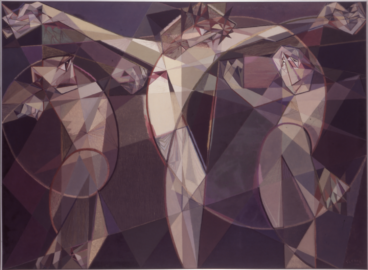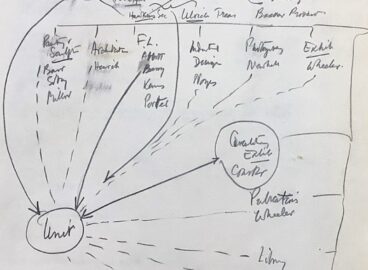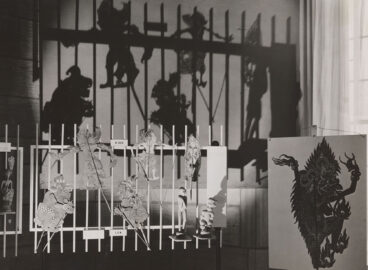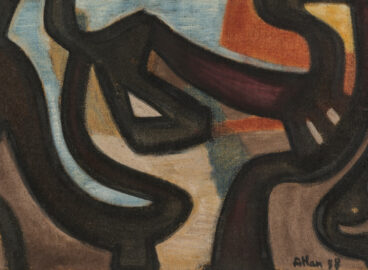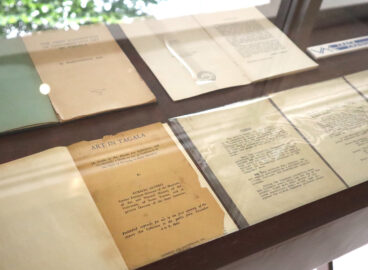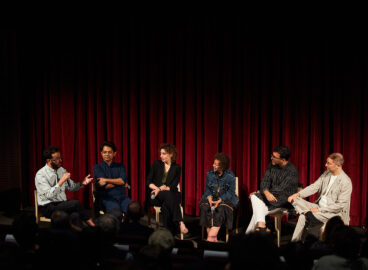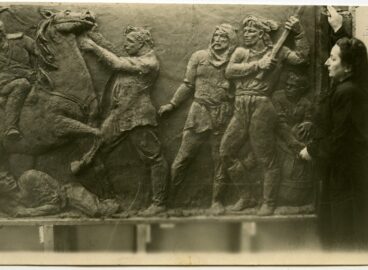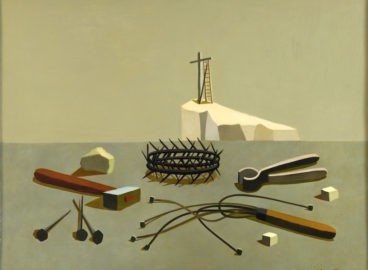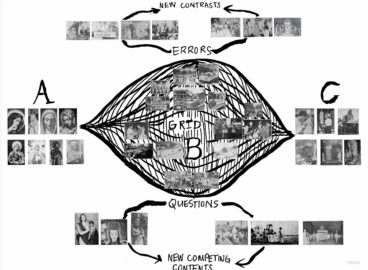Catholic and Popular Mysticism in Brazilian Modern Art: The Quest for Maria Eugênia Franco’s Critique of Sacred Representations / Misticismo católico e popular na arte moderna brasileira: a busca da crítica de Maria Eugênia Franco às representações sacras
The following essay by art historian Talita Trizoli reveals the influence of a Catholic and spiritual pathos in the work of influential though relatively unknown Brazilian critic Maria Eugênia Franco. Taking as case studies Franco’s writings on artists such as Samson Flexor, Henri Michaux, and Mestre Nosa and artworks attributed to unrecognized Baroque artisans, Trizoli…
